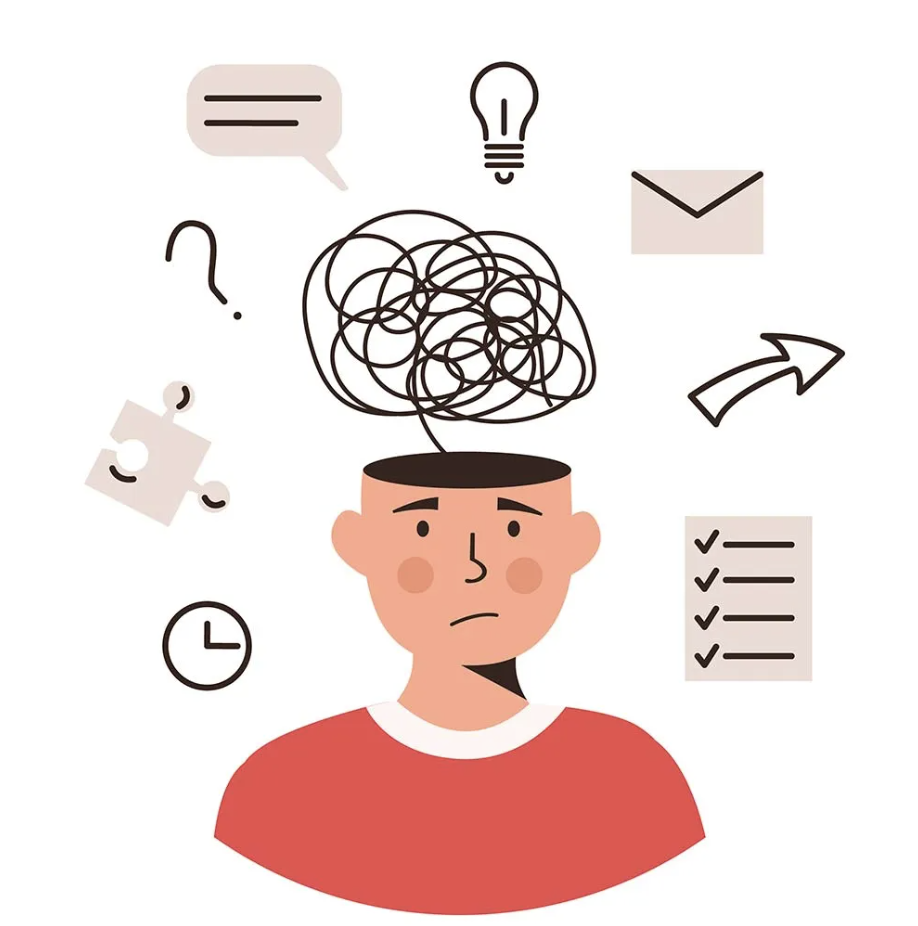ADHD: What works?
In last months Blog Post “What is ADHD, anyway?”, we learned what ADHD is. Now that we know what it is, how can we learn to manage with it and help our children and friends who are struggling?
How you can help a friend or child struggling with ADHD:
Validate their feelings and create a safe environment to express emotion
Educate your teen about ADHD and emotional dysregulation
Help them explore their emotions. How are they feeling? What triggered it? How did you react? Model your own emotional regulation.
Practice positive self-talk
Practice meditation and mindfulness
ADHD and High School
High school brings about a significant increase in accountability and responsibility because of the faster pace, the increased workload and difficulty of the material, and the prevalence of long-term projects as opposed to daily homework assignments.
Therefore, it's understandable that 9 out of 10 students with ADHD receive school support, including school accommodations and classroom help.
School accommodations are typically provided through ADHD diagnosis. Accommodations allow students to have extra time on tests, sit in no-distraction locations during tests, and access additional organizational support.
Other strategies you can try without an ADHD diagnosis to help with during school:
Sit at the front of the class to limit distractions
Turn off your phone when doing homework (limits distractions)
Talk with your teacher. Some students benefit from smaller classes or a quiet place to complete work
Find tools to help you stay organized. Keep track of assignments in a planner on a phone app
Take activity breaks. If you feel restless during or after school
Learn to meditate or practice mindfulness. Research shows these practices can improve attention, memory, and focus and reduce stress
Establish a consistent homework schedule
Screen Time with ADHD and How to Manage
Before explaining how to manage screen time, it is crucial to understand why everyone, especially those with ADHD, crave it. Dopamine is a chemical in the brain that is part of our reward system. So when you do something that requires motivation to pursue a reward, your brain often releases dopamine. In other words, when we want to feel good, we tend to seek out more of what makes us feel good.
One key aspect of ADHD is that the brain lacks dopamine. Therefore, it is understandable why those with ADHD often crave quick, simple, rewarding tasks. Video games and social media deliver dopamine hits to the brain, but the ADHD brain is never satisfied. This is why your child may be craving screens more than their peers.
As a lot of research has shown, screen time can negatively impact people. However, with adolescents with ADHD, the effects can be significantly worse. When those with ADHD exercise less, they lose self-control, and inhibitions falter, often leading to more screen use. Additionally, not managing screen time can lead to less time completing homework, engaging in hobbies, and sleeping.
Managing Screen Time
Have a family meeting to create a technology plan (Make sure to use separate guidelines for different ages)
a. Establish time limits to screen time
b. Establish rules of when to not use screens ex. dinner time, 1 hour before bed
Separate Screen Time from Homework
a. Make sure the phone is away from the homework station
b. If a screen is required for homework (turn off wifi or use apps to block social media)
Provide warnings before the time ends ( to prevent surprise, which may lead to frustration)
Discourage teens from bringing electronics to bed. Model behaviour
Develop a list of fun activities that don't use technology
Friends, Community, and Social Relationships
Engage in extracurriculars to meet new peers with similar interests.
Set Reminders to Message Friends, or ask Friends to Reach out to you
Peers may become upset if their friends do not reach out to them. Explaining to your friend that ADHD can lead you to forget to check in but that you care can result in your friend's understanding and may even bring you two closer!
Practice Active Listening
Reflect on your interactions with those you feel close with and ask for feedback.
Find techniques to help you listen and remain engaged (For example, some people fidget with something in their hand to help them focus better).

